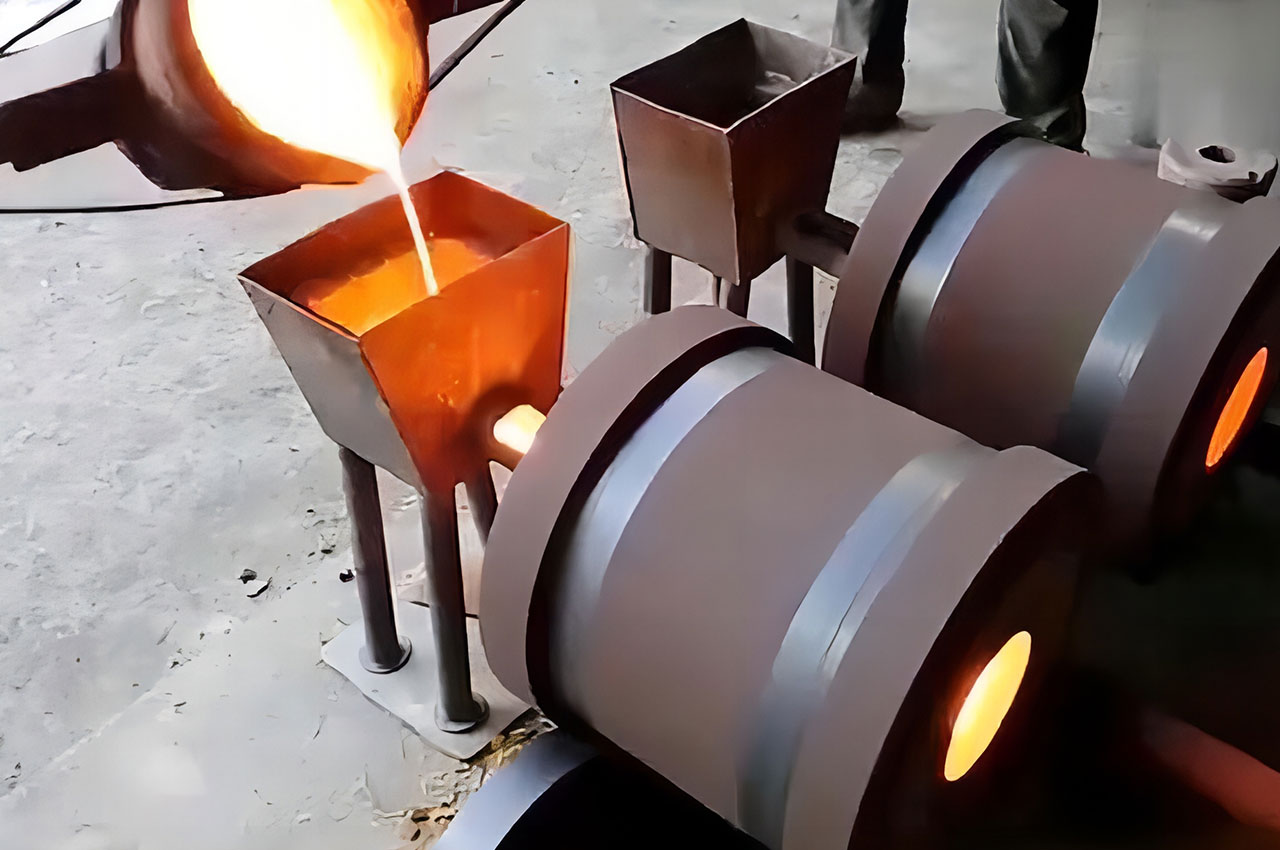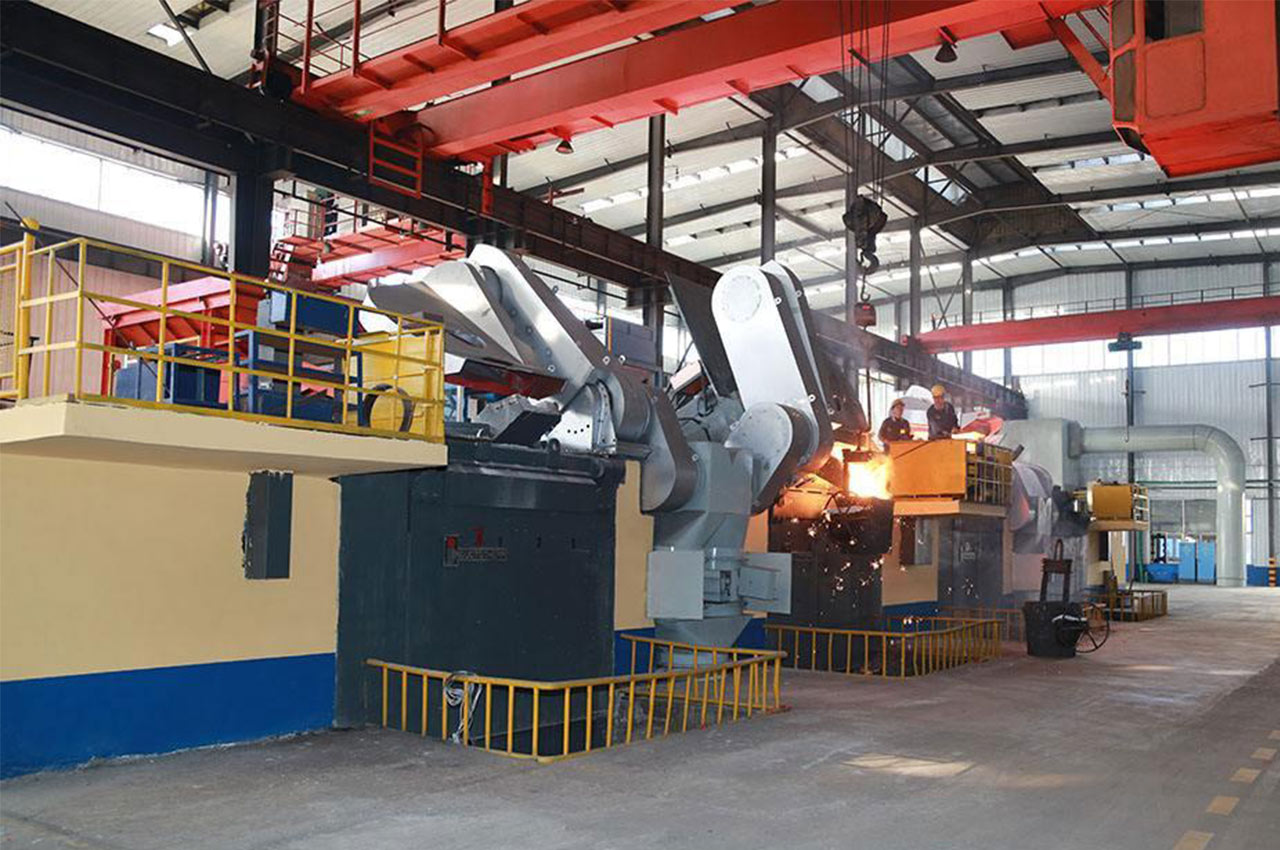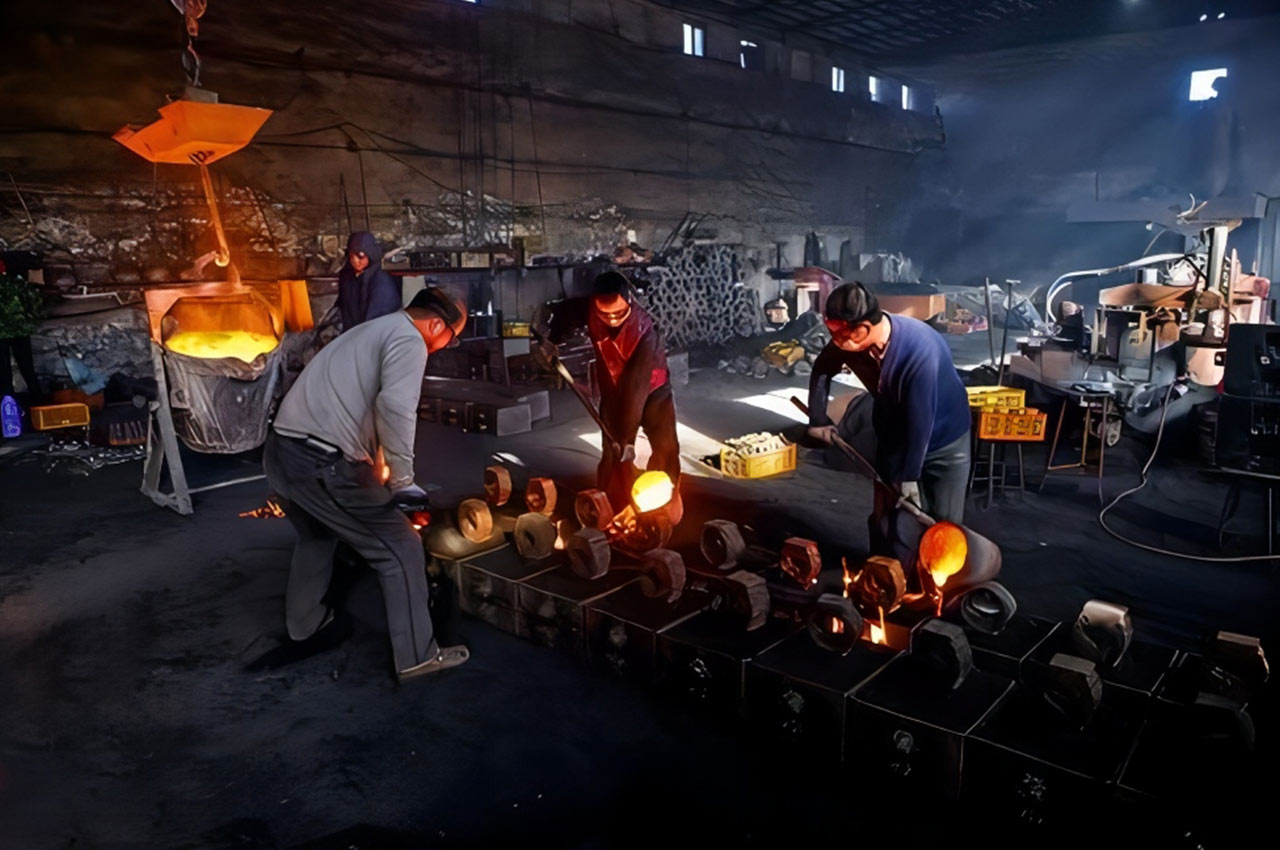Casting is a metal forming method in which liquid metal is cast into a casting cavity suitable for the shape of the part, and after cooling and solidification, castings with a certain shape, size and performance are obtained.
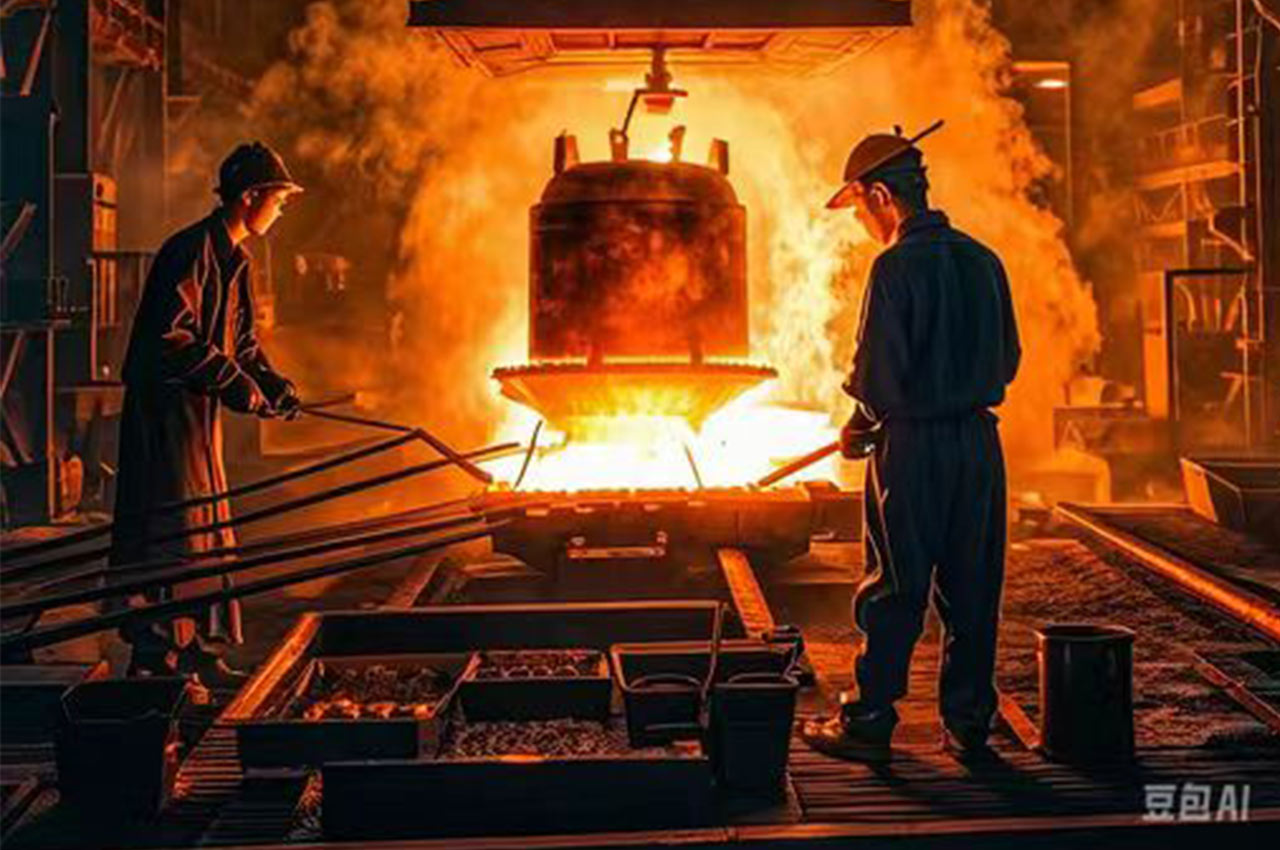
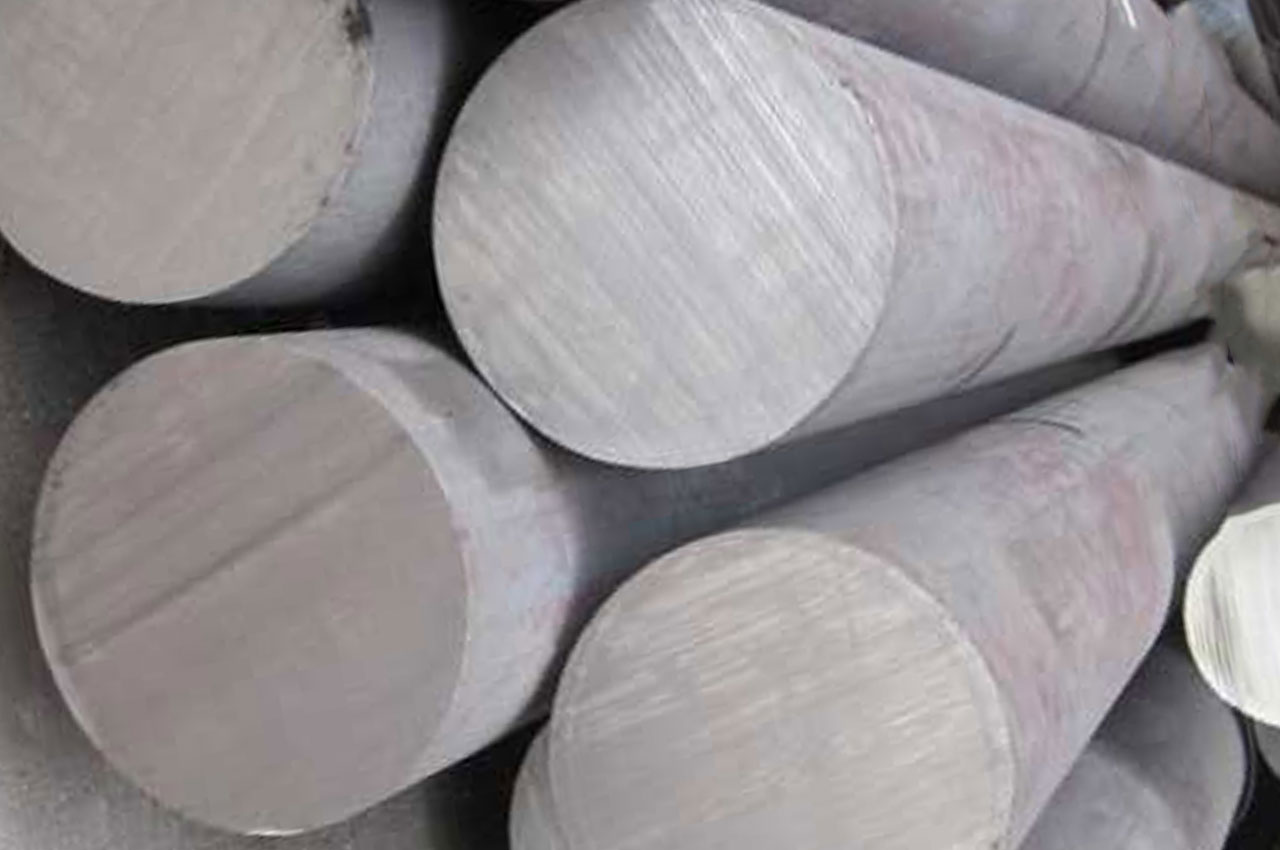
Including gray cast iron, ductile cast iron, malleable cast iron and so on. Cast iron has good casting properties, wear resistance and shock absorption, and is often used in the manufacture of machine tool bed and engine cylinder block.
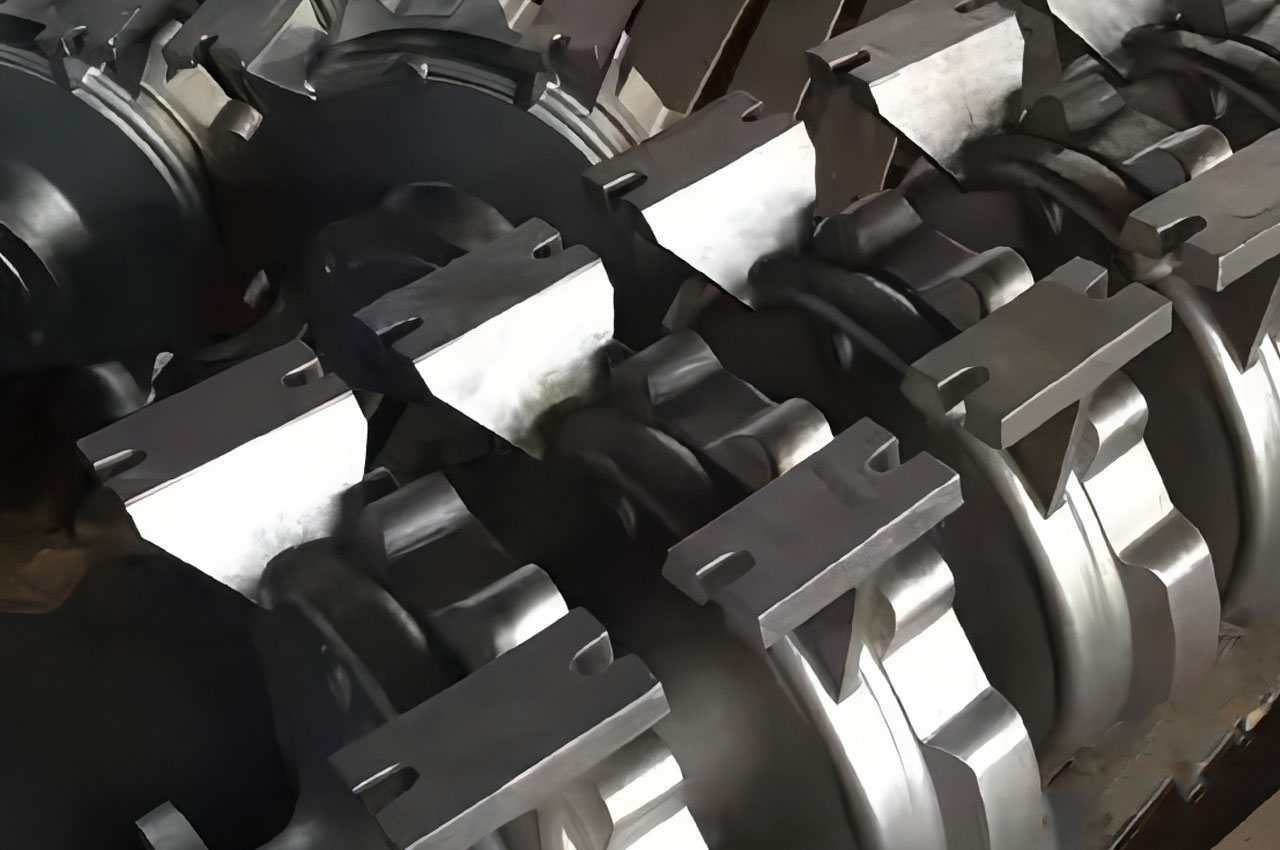
Such as carbon cast steel, alloy cast steel, etc. Cast steel has high strength and toughness and is suitable for manufacturing parts that withstand heavy loads and shocks, such as rolling mill frames, large gears, etc.
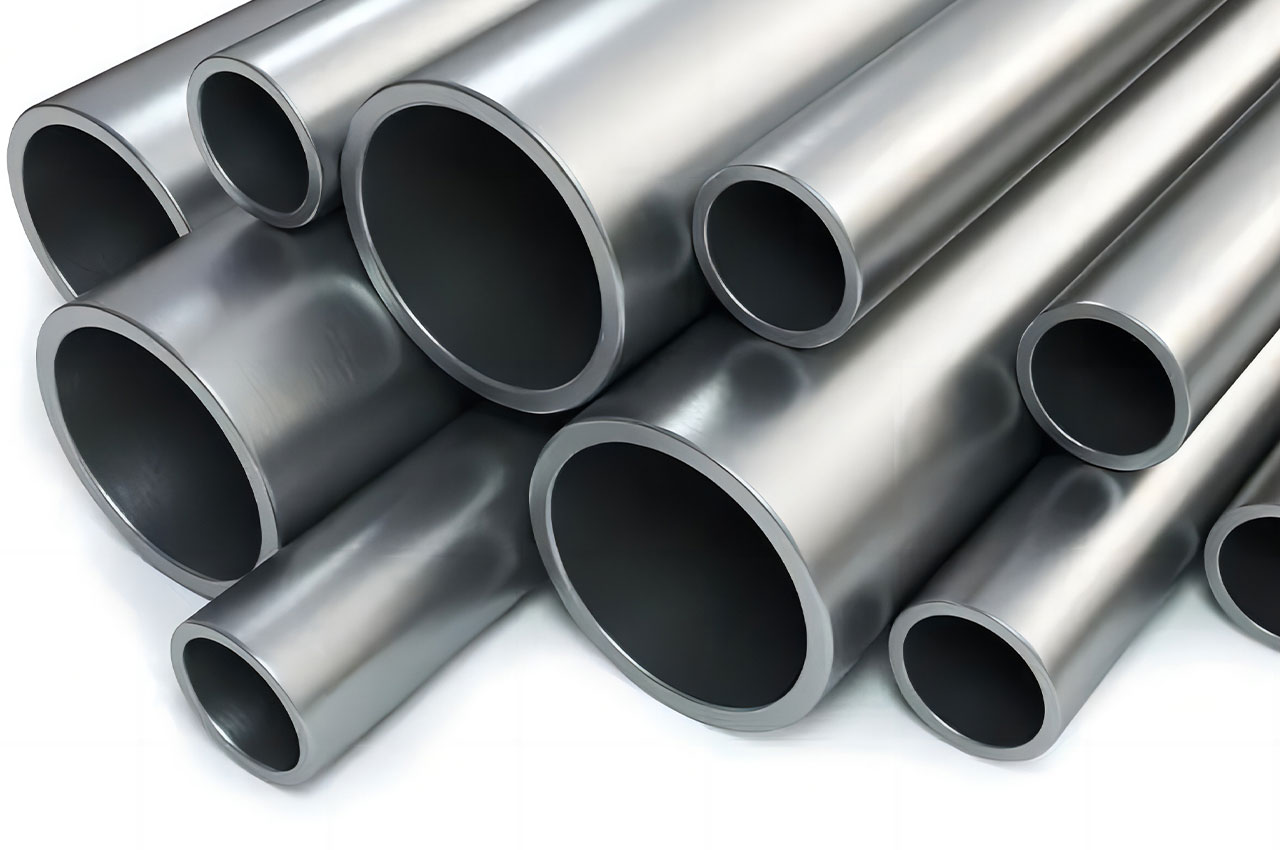
It has the characteristics of low density, high strength and good corrosion resistance, and is often used in aerospace, automobile manufacturing and other fields, such as engine cylinder head, wheel hub and so on.
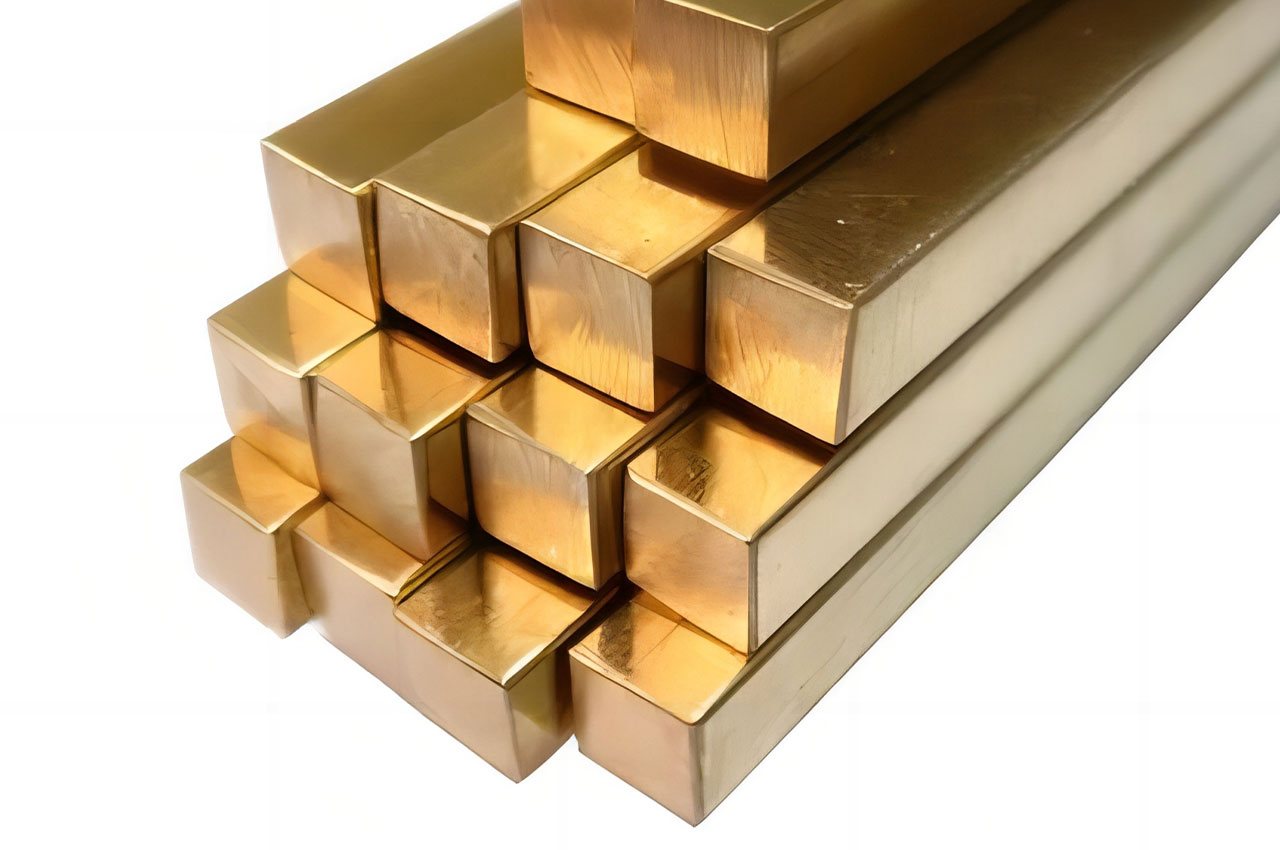
Such as brass, bronze, etc. Copper alloy has good electrical conductivity, thermal conductivity and corrosion resistance, often used in the manufacture of electrical parts, ship parts and so on.
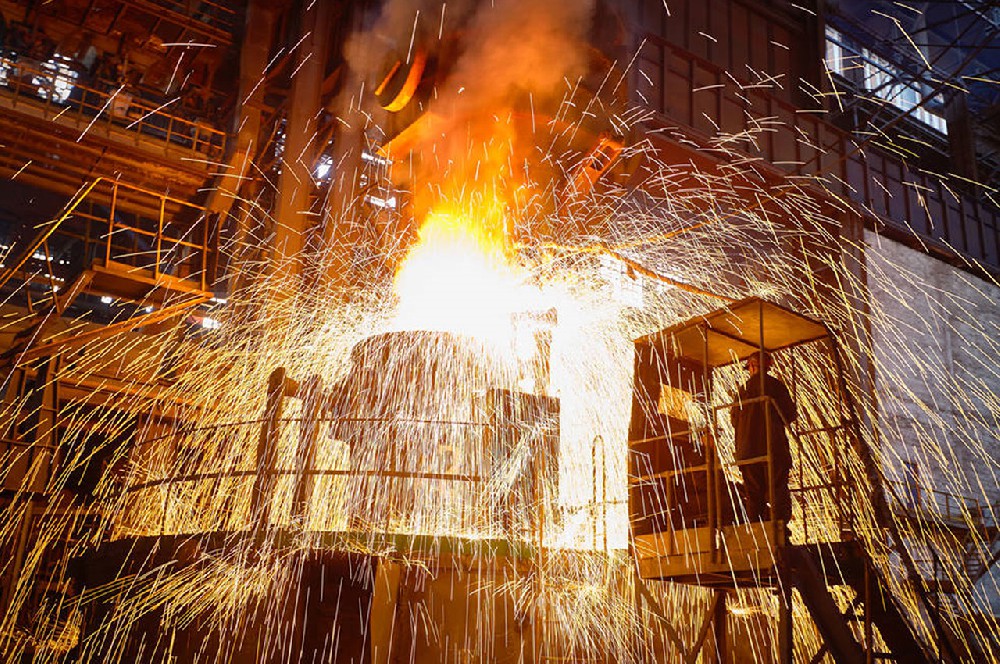
┊ Metal smelting: Heating metallic materials to a liquid state, usually smelted in furnaces.
┊ Pouring: Liquid metal is poured from a furnace into a mold so that it fills the mold cavity.
┊ Cooling solidification: Allow liquid metal to cool and solidify in a mold to form a solid casting.
┊ Striping: Remove the solidified casting from the mold.
┊ Cleaning: remove impurities, burrs and defects on the surface of the casting to make its surface smooth.
┊ Test: The castings are examined in terms of size, shape, surface quality, etc., to ensure compliance with quality standards.
┊ Wide applicability: It is suitable for almost all types of metal materials, such as cast iron, cast steel, aluminum alloy, copper alloy, etc.
┊ Forming of complex shapes: Parts with complex shapes, especially with complex cavities, can be manufactured without or with minimal subsequent machining.
┊ Dimensional accuracy: can achieve a certain dimensional accuracy, but generally lower than forging and machining.
┊ High material utilization: For some large parts produced in small batches, casting can effectively reduce the waste of materials.
┊ Cost advantage: In mass production, the cost is relatively low.
┊ Large parts can be produced: castings weighing from a few grams to hundreds of tons can be made.
┊ Microstructure: The casting structure is not dense enough, there may be shrinkage holes, porosity, porosity and other defects, affecting the mechanical properties of the casting.
